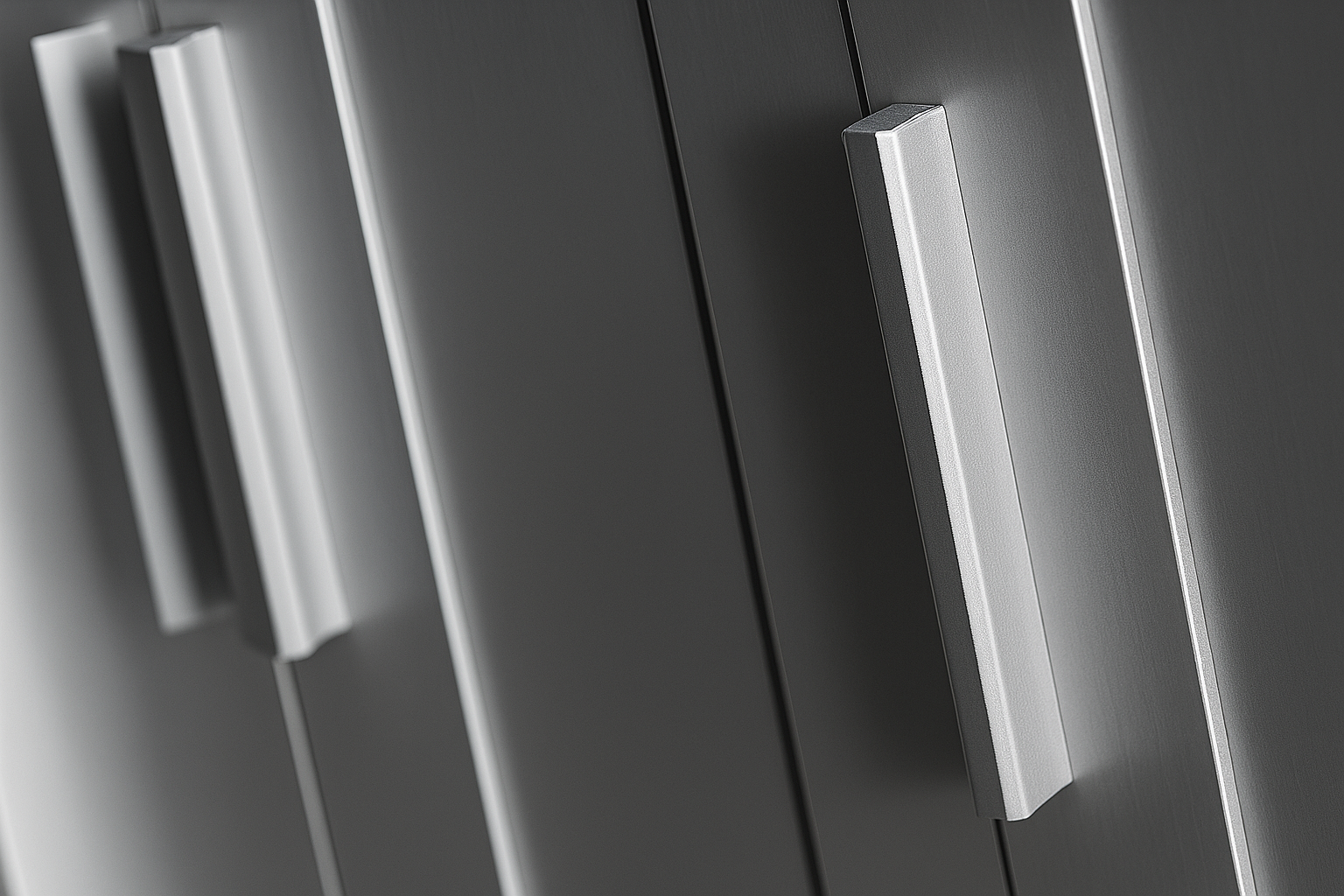Anodising aluminium is one of the most effective ways to protect and enhance machined components. When applied after machining, it delivers both technical protection and a premium finish, making it an important and widely used aluminium finishing service for high-precision applications.
How aluminium anodisation works
Anodising is an electrolytic process that converts the aluminium surface into a controlled oxide layer. Depending on the method used—chromic acid (Type I), sulfuric acid decorative (Type II), or hard anodising (Type III)—the layer can range from a thin protective film to a dense, wear-resistant coating. The resulting aluminium oxide is:
• Harder than the base metal
• Highly corrosion- and wear-resistant
• Electrically insulating
• Naturally porous, allowing optional colouring before sealing
Layer thickness typically varies from 5 µm for decorative aluminium finishing to 25 µm or more for technical or outdoor applications, depending on the anodising type.
Why anodise after machining
Machining operations such as cutting or drilling remove the oxide layer if done after anodisation. That’s why post-machining anodising aluminium parts ensures full protection on the final geometry. It’s the right choice for:
• Tight tolerances or visible faces: Machining after anodising removes part of the coating, leaving exposed aluminium or uneven thickness. Post-machining anodisation preserves dimensional accuracy and produces a consistent visual finish on the final surface.
• Complex shapes: Machining can cut through pre-anodised areas, exposing internal edges or recesses. Anodising afterward coats every contour evenly, protecting hard-to-reach zones.
• High-value parts: These often require flawless appearance and corrosion resistance. Post-machining anodisation eliminates marks or colour variation caused by later cutting, ensuring a uniform, premium finish that lasts longer in service.
What piece-by-piece anodising involves
In piece-by-piece anodising, each aluminium part is mounted individually on custom jigs or racks before being immersed in the electrolytic bath. This setup allows the electrical current, bath chemistry, and exposure time to be precisely controlled for each component.
Unlike bulk immersion, where many parts share electrical contact points and can mark or shield one another, individual fixturing ensures even current distribution and uniform oxide growth. Each part can be processed to a specified layer thickness, colour, or finish without risk of variation.
After anodisation, parts are rinsed, optionally dyed, and sealed to close the surface pores—locking in colour and increasing corrosion resistance.
This method is preferred for components requiring high surface consistency, aesthetic uniformity, or tight dimensional control, such as in architectural, marine, or electronic assemblies.
When you don’t need post-machining anodisation
Piece-by-piece anodising isn’t always necessary. For high-volume production or non-visible components, batch anodising—where parts are grouped on shared racks and processed together—is more efficient. It delivers adequate protection for structural elements, brackets, or components later painted or assembled out of sight.
Batch processing reduces handling time and cost but offers less control over coating uniformity, tone, or contact marks. If the parts don’t require cosmetic perfection or micron-level dimensional precision, this approach provides a practical and economical surface finish.
Cost and practical considerations
Post-machining anodisation is more time-intensive and can be expensive in most markets. However, it delivers unmatched quality and lifespan when surface performance matters.
At ALUCAD, we provide precision aluminium finishing services, including post-machining anodisation, at competitive rates. Contact us to learn how ALUCAD’s aluminium finishing solutions can elevate your machined components with durable, consistent, and cost-efficient anodising.
